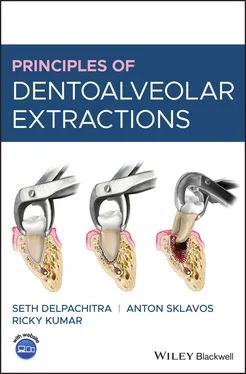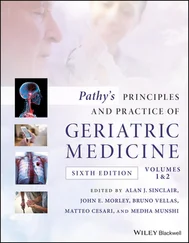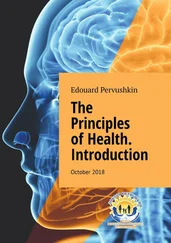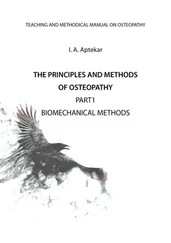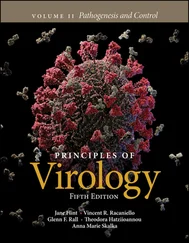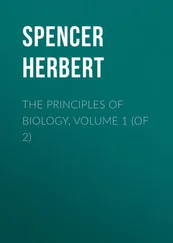Tooth removal in the middle of the last century occupied a large part of the dental practitioner’s work and skill set, but this has markedly reduced due to better dental care and tooth maintenance. The time devoted to the discipline of exodontia in the dental curriculum has thus diminished proportionally, and many graduates emerge with minimal experience in removing teeth. A fresh, comprehensive guide to the principles of dentoalveolar extractions for all interested practitioners who wish to underpin their clinical experience with clear guidelines is therefore most welcome.
In a logical sequence, the authors have addressed all aspects of managing a patient for simple and surgical extractions. By introducing the ‘principles of surgery’ from the outset, the reader is reminded that tooth removal is within the surgical spectrum and carries the same responsibilities in terms of providing careful patient assessment, consent, a controlled clinical environment, and necessary documentation. A detailed knowledge of the associated anatomy and competence in the administration of local anaesthesia are fundamental for successful dentoalveolar surgery in the outpatient setting and are well covered in this book, as are the available surgical instruments.
A methodical approach in performing simple and surgical extractions, including the management of intraoperative events and third molar surgery, is also provided, with headings for assessment, equipment, and patient position. These chapters are supported by good-quality anatomical diagrams to assist in the understanding of the suggested techniques.
With our ageing population, there are many medications and diseases that must be thoroughly understood by the dental practitioner. A chapter on medical compromise is an important addition to this text as it covers issues such as the newer anticoagulant agents and medications for bone loss that influence healing. The taking of these drugs may significantly modify a treatment plan, and decisions regarding joint management with the patient’s prescribing physician are often indicated. Finally, postoperative care and complications are discussed, as these represent vital knowledge in surgical care.
Many books covering this field have included chapters devoted to exodontia, as part of a broader spectrum of oral and maxillofacial surgery. However, this neat, clear, and inclusive volume fulfills the objective of providing a modern reference text devoted to dentoalveolar surgery alone. It will instruct all those who set out to master the skills of exodontia in their practising lives, from undergraduate students to surgical trainees and newly qualified dental practitioners. I have no doubt that this excellent resource will be consumed and enjoyed by many in the years to come.
Professor Andrew A.C. Heggie, AM
Oral and Maxillofacial Surgeon
Melbourne, Australia
About the Companion Website
Don’t forget to visit the companion website for this book:
www.wiley.com/go/delpachitradentoalveolarextractions 
There you will find valuable material designed to enhance your learning, including:
MCQs
Scan this QR code to visit the companion website.

surgery n. manual treatment of injuries or disorders of the body, operative therapeutics.
surgeon n. a person skilled in surgery.
Exodontia, the removal of teeth, involves the manipulation of hard and soft tissues and the amputation of the dentition or parts thereof in order to treat or prevent disease, or as part of an overall treatment plan. The surgeon who carries out this treatment must possess qualities, skills, and decision‐making abilities to the standard of any other trained surgeon who diagnoses and treats disease. It is the responsibility of this surgeon to provide the highest standard of care of which they are capable, and when they cannot provide it to a suitable level, to refer to the appropriate specialist service.
It is somewhat self‐evident, though easily forgotten, that the surgeon's responsibility is not limited to the operation only, but also involves preoperative consultation and postoperative monitoring, as well as other aspects of care such as liaising with other practitioners and communicating treatment plans. Surgeons are trained to possess several qualities and characteristics not limited to procedural skills:
Knowledge. Knowledge can be considered the facts, information, skills, and experience gained through education, training, and professional practice. It is a fundamental and essential aspect of the carrying out of dentoalveolar extractions. It includes technical and medical expertise, which facilitate safe patient management. As scientific knowledge evolves over time, there is a need for ongoing maintenance through continuing professional development and keeping up to date with evidence‐based practice.
Quality and Safety. Quality is the commitment to excellence, providing a service that is guided primarily by the best interests of the patient. This is achieved through recognition of one's own strengths and limitations, stringent self‐audit, and the fortitude to request assistance when needed. Safety is the avoidance of risk or injury to oneself, one's staff, and one's patients. Maintenance of a safe workplace is the responsibility of all individuals employed in a health environment, and requires appropriate training and awareness of risk‐mitigation strategies such as aseptic and sterilisation techniques. Quality and safety are dynamic components of surgery and necessitate constant refinement and improvement to ensure the wellbeing of patients and a high standard of care.
Communication and Collaboration. Good communication is essential in the interaction both with patients and with other health professionals. Clear, concise, and relevant documentation of patient management will improve interactions with specialists and foster a culture of collaboration and professional development. This is particularly important when patients are undergoing tooth extraction as part of a wider treatment plan where multiple other medical comorbidities require interdisciplinary management. In such situations, good communication minimises delays to receiving time‐critical treatment, such as in the case of dental extractions prior to head and neck radiotherapy or bisphosphonate treatment.
An Individualistic Approach. Patients will have a wide variety of backgrounds, demands, and prior medical knowledge. A tailored and individualised approach is required in order to ensure they understand the proposed procedure, its risks, and its expected outcomes, and are able to compare options in order to make an informed decision.
Leadership and Management. A surgeon will often find themselves the leader of a multifaceted treatment team, including nursing staff, dental assistants, anaesthetic staff, and sterilisation technicians. This leadership comes with great responsibility: the expert surgeon must guide others in the team, provide feedback and education, and thus help maintain a standard of excellence. The surgeon must ensure that all staff are orientated towards the goal of achieving the best outcome for the patient. When the highest standard of care is compromised, the responsibility is on the surgeon to make sure the team gets back on track.
Decision Making. The word ‘decision’ shares a common root with another word often associated with surgery: incision. Both are derivatives from the Latin word caedis, meaning ‘to cut’. Incision means to cut into something, such as the operative site; decision literally means ‘to cut away’. A decision thus precludes other options, and sets one upon a particular course of action. A skilled surgeon will be able to make treatment planning decisions that are in the best interests of their patients.
Читать дальше
